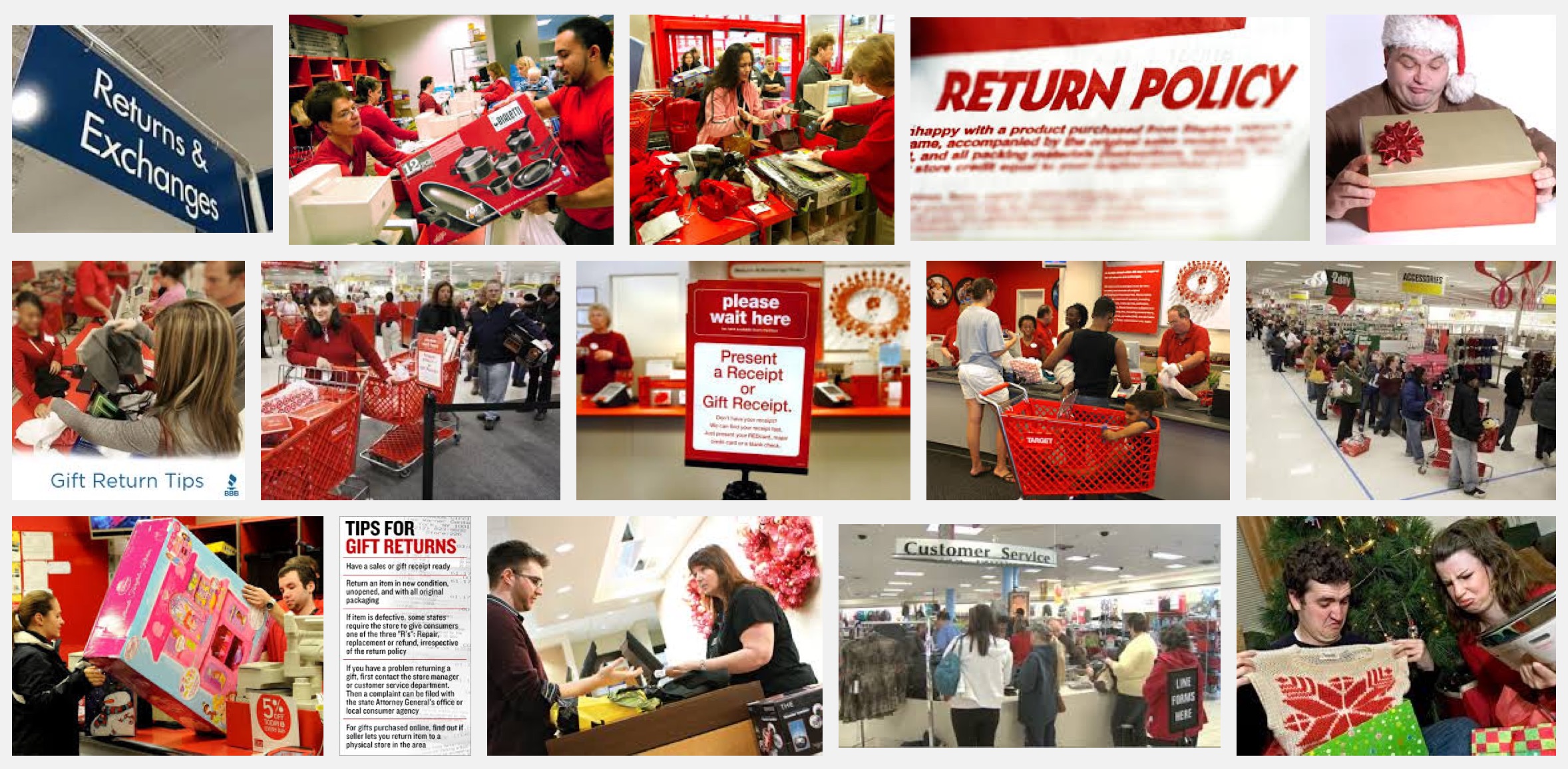In a recent post I wrote about the world of reverse logistics, which underlies the multi-billion dollar business of product returns. But while the process of consumer returns runs like a well-oiled, global machine the psychology of returns is confusingly counter-intuitive.
For instance, a lenient return policy leads to more returned products — no surprise there. But, it also causes increased consumer spending, and the increased spending outweighs the cost to the business of processing the increased returns. Also, and rather more curiously, a more lenient return time limit correlates to a reduction in returns, not an increase.From the Washington Post:
January is prime time for returns in the retail industry, the month where shoppers show up in droves to trade in an ill-fitting sweater from grandma or to unload the second and third “Frozen” dolls that showed up under the Christmas tree.
This post-Christmas ritual has always been costly for retailers, comprising a large share of the $284 billion in goods that were returned in 2014. But now it is arguably becoming more urgent for the industry to think carefully about return policies, as analysts say the rise of online shopping is bringing with it a surge in returns. The return rate for the industry overall is about 8 percent, but analysts say that it is likely significantly higher than that online, since shoppers are purchasing goods without seeing them in person or trying them on.
Against that backdrop, researchers at University of Texas-Dallas sought to get a better handle on how return policies affect shopper behavior and, in turn, whether lenient policies such as offering a lengthy period for returns actually helps or hurts a retailer’s business.
Overall, a lenient return policy did indeed correlate with more returns. But, crucially, it was even more strongly correlated with an increase in purchases. In other words, retailers are generally getting a clear sales benefit from giving customers the assurance of a return.
…
One surprising finding: More leniency on time limits is associated with a reduction — not an increase — in returns.
This may seem counterintuitive, but researchers say it could have varying explanations. Ryan Freling, who conducted the research alongside Narayan Janakiraman and Holly Syrdal, said that this is perhaps a result of what’s known as “endowment effect.”
“That would say that the longer a customer has a product in their hands, the more attached they feel to it,” Freling said.
Plus, the long time frame creates less urgency around the decision over whether or not to take it back.
Read the entire article here.

